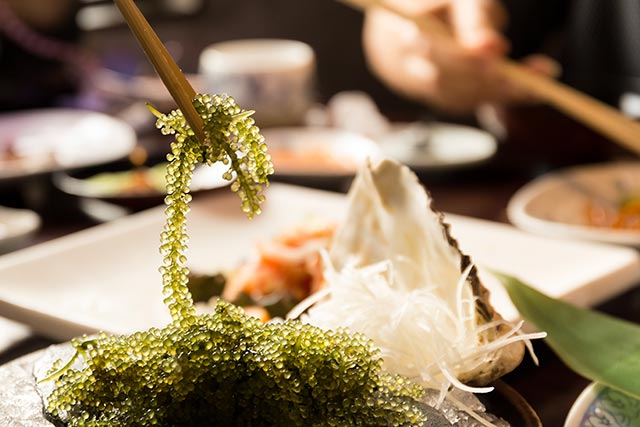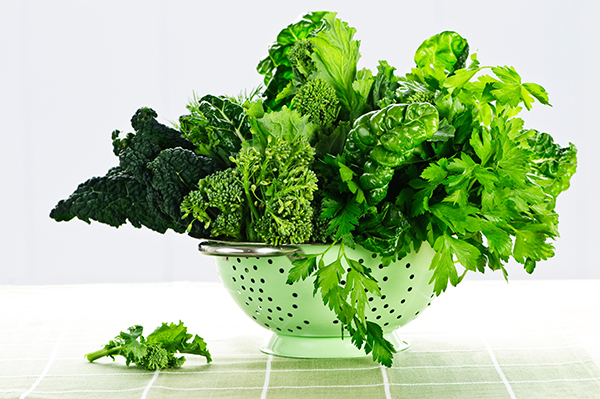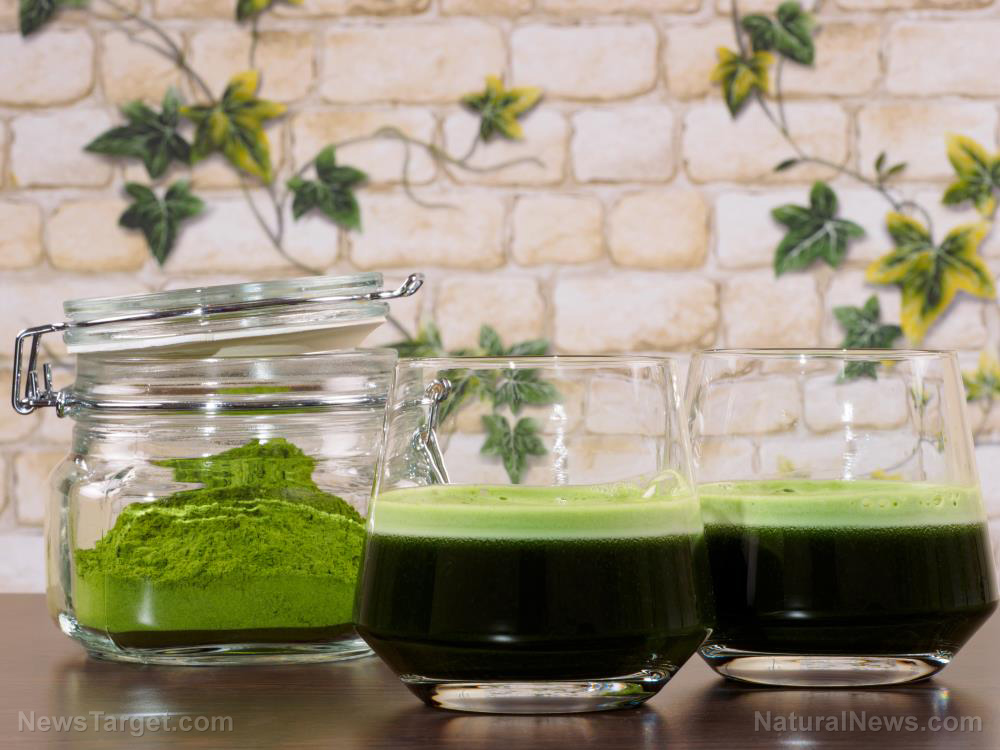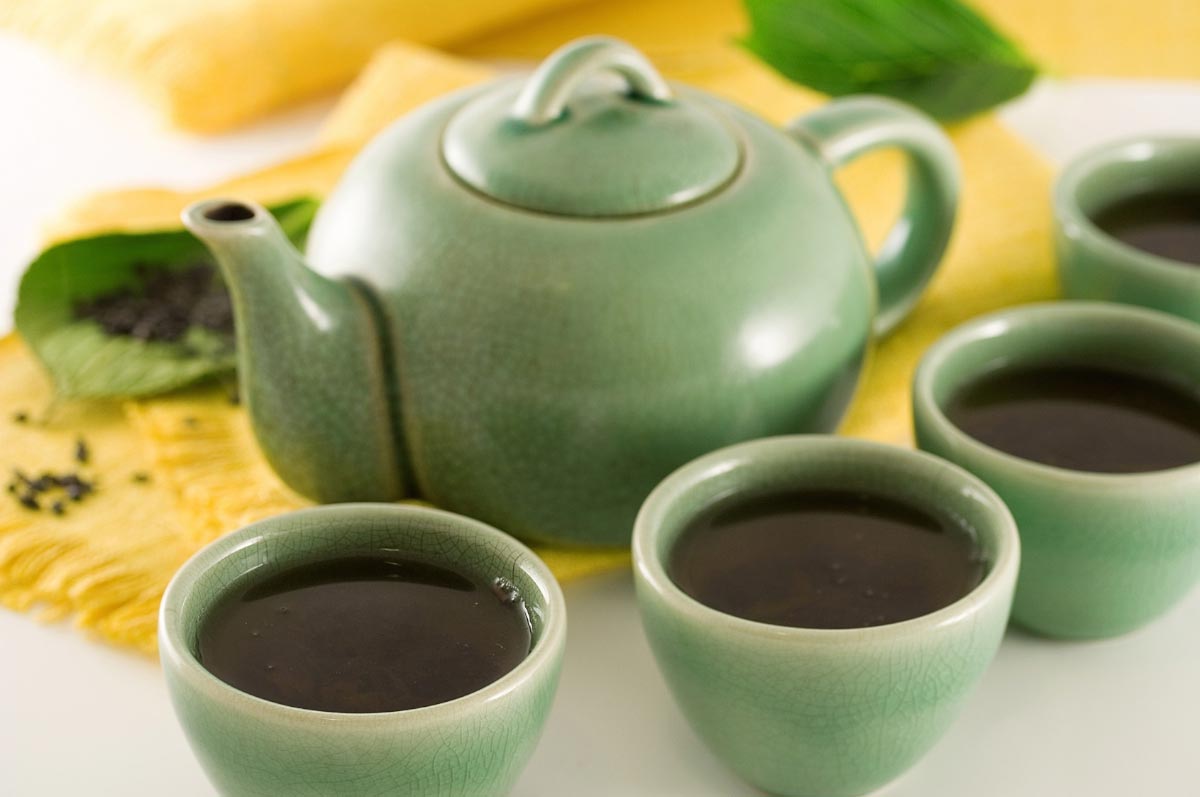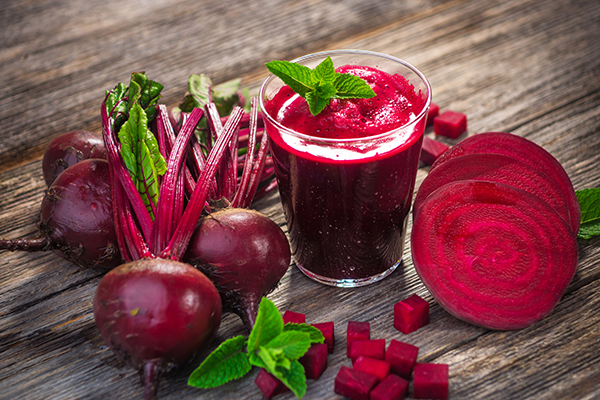Compounds in Lion’s mane mushroom found to improve memory by aiding nerve growth
02/27/2023 / By Ramon Tomey

A study found that compounds in the edible lion’s mane mushroom (Hericium erinaceus) can boost brain health by aiding the growth of nerve cells.
Researchers from the University of Queensland (UQ) in Australia made this finding in a study published Jan. 20 in the Journal of Neurochemistry. They managed to isolate the compounds N-de phenylethyl isohericerin (NDPIH) and hericene A from H. erinaceus samples. Cultured nerve cells were administered with these two compounds.
The study authors found that the two compounds demonstrated “potent neurotrophic activity” by promoting the growth and branching of nerves. They also administered hericene A and crude H. erinaceus extract to mice, with promising results.
According to their findings, mice were given lion’s mane mushroom extract and the derived compound reported “significantly enhanced hippocampal memory.” The brain’s hippocampus plays key roles in short-term, long-term and spatial memory.
“Extracts from these so-called lion’s mane mushrooms have been used in traditional medicine in Asian countries for centuries, but we wanted to scientifically determine their potential effect on brain cells,” said corresponding study author Frederic Meunier of UQ’s Queensland Brain Institute.
“Pre-clinical testing found that lion’s mane mushroom had a significant impact on the growth of brain cells and improving memory. We found that the active compounds promote neuron projections, extending and connecting to other neurons.” (Related: Lion’s mane: a smart mushroom choice for memory, mood and clarity.)
Dr. Ramon Martinez-Marmol, the study’s lead author, said their discovery had applications that could treat and protect against Alzheimer’s disease and other neurodegenerative cognitive disorders.
“Our idea was to identify bioactive compounds from natural sources that could reach the brain and regulate the growth of neurons, resulting in improved memory formation,” he said.
Add lion’s mane mushroom to your diet to support brain health
H. erinaceus is native to Europe, Asia and North America. In the latter region, these mushrooms love to grow on dead and decaying hardwood trees. Natural food stores and farmer’s markets sell this nutritious fungus. Home cultivation kits for these mushrooms are also available.
While lion’s mane mushrooms are sold in their natural form, they are often powdered and mixed with dietary supplements. For those preferring the natural form of H. erinaceus, it can be cooked in several ways, such as roasting and sauteing. It can even be steeped as tea.
An article by Marie Viljoen on MarthaStewart.com expounded on lion’s mane mushroom as a culinary ingredient. She described the mushroom as being “tender and spongy, with some bounce” and having “a very mild sweetness.”
Viljoen wrote that H. erinaceus works well as a substitute for crab or lobster. Lion’s mane mushrooms make an outstanding chowder, she added, owing to its quality as a sponge to soak up flavors of broths and soups it is added to.
However, she advised those wanting to use it as an ingredient for crab cakes to sweat the chopped mushrooms and draw out as much moisture as possible – lest the crab cakes will not hold together. She also advised against frying as it could amplify the bitter taste on the edges of some mushrooms.
“Lion’s mane should be well-cooked and not eaten raw. Like all raw mushrooms, they contain chitin in their cell walls, which can cause gastric upset or even an allergic reaction in high concentrations,” she wrote. The cooking process eventually decreases this chitin concentration, Viljoen continued.
Superfoods.news has more stories about lion’s mane mushrooms.
Watch this video about lion’s mane mushroom and its ability to protect against 5G radiation.
This video is from the Non-Toxic Home channel on Brighteon.com.
More related stories:
The 8 most powerful medicinal mushrooms known today.
Which mushrooms have the most brain-boosting benefits?
Lion’s mane lives up to its reputation as a great natural mood enhancer.
Enjoy a lion’s share of health benefits by adding Lion’s mane mushrooms to your diet.
5 Medicinal mushrooms you can grow in your home garden or forage in your backyard.
Sources include:
Submit a correction >>
Tagged Under:
This article may contain statements that reflect the opinion of the author
RECENT NEWS & ARTICLES
COPYRIGHT © 2017 SUPER FOODS NEWS



